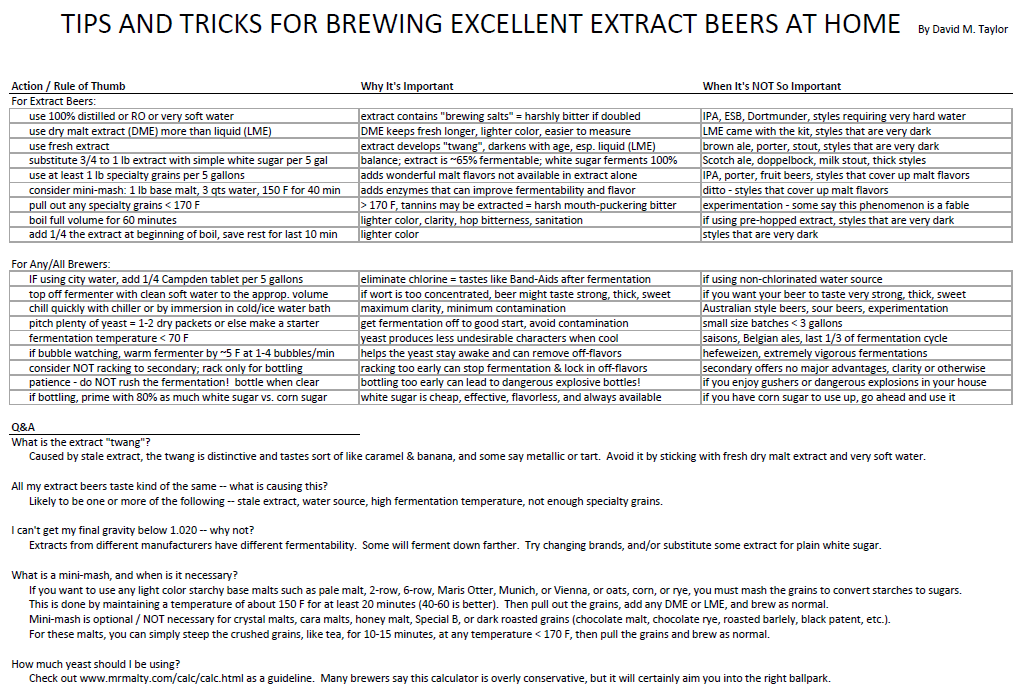_Keven
Member
- Joined
- Nov 17, 2023
- Messages
- 21
- Reaction score
- 7
I recently brewed northern brewer's tripel extract recipe. It tastes much more like a dubbel than a tripel and I'm trying to figure out why. I have a few ideas though, our fermentation stalled a little bit with a FG of 1.020 (OG 1.074) which was likely caused from bad yeast choice (wyeast 3787 we could've used a higher attenuation yeast) as well as a big blow off likely losing a lot of yeast in the process (also I've heard extracts stall at 1.020 a lot but this is my 3rd homebrew and every time before I got it well below 1.015 all from extracts), as well as the color being much more like a dubbel. My question is does our higher FG dictate the flavor profile or was it maybe the choice in yeast? What can I do in the future to achieve the desired taste?









